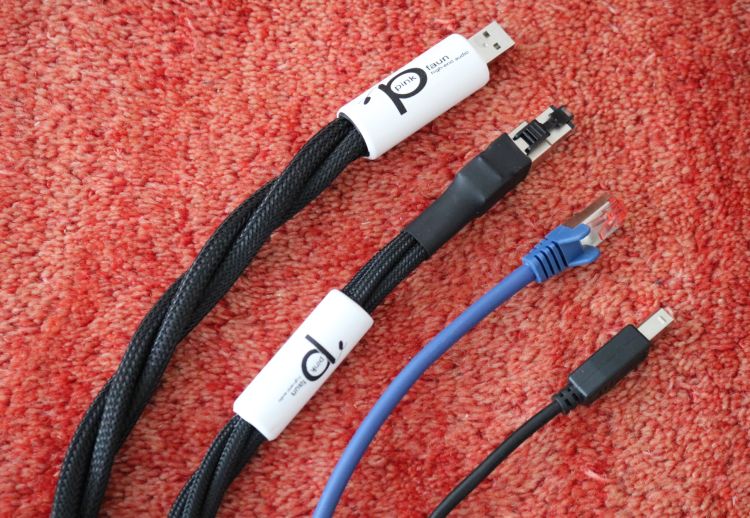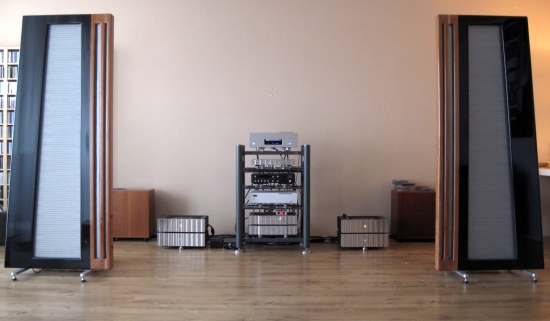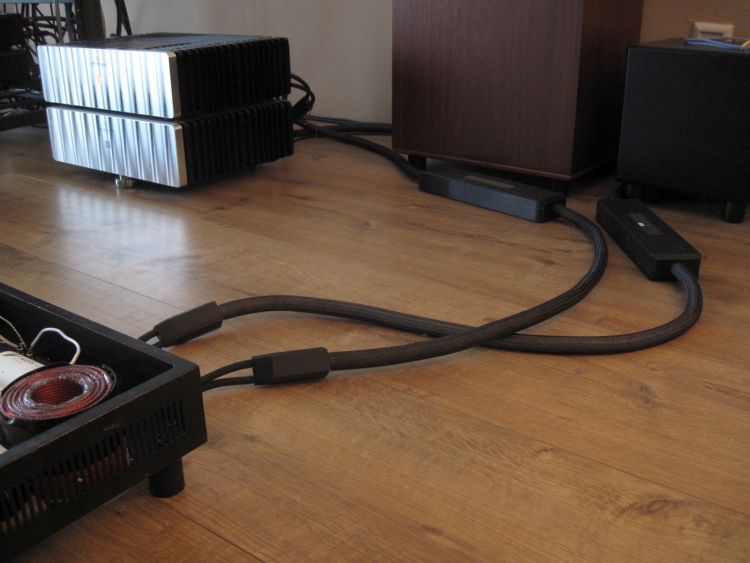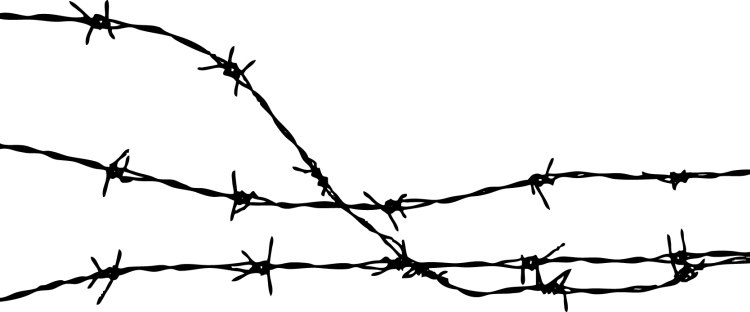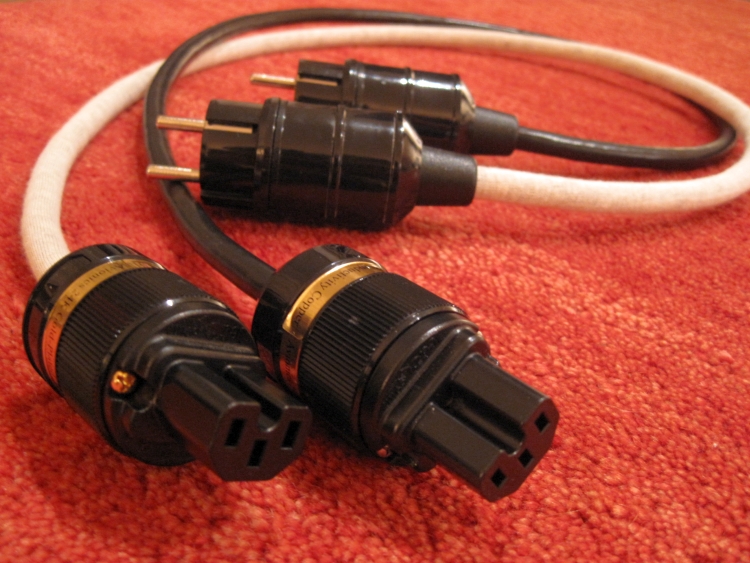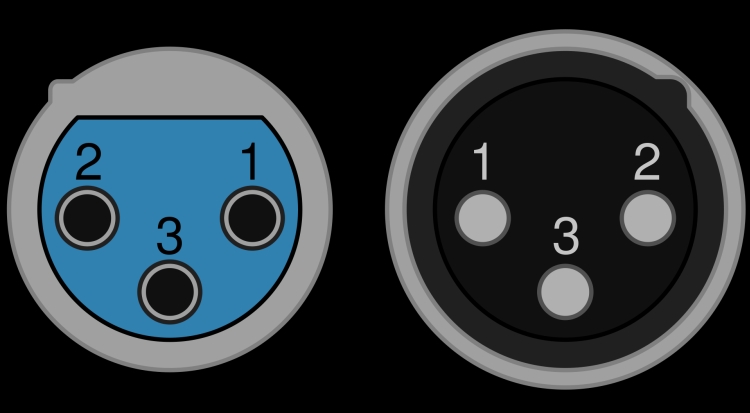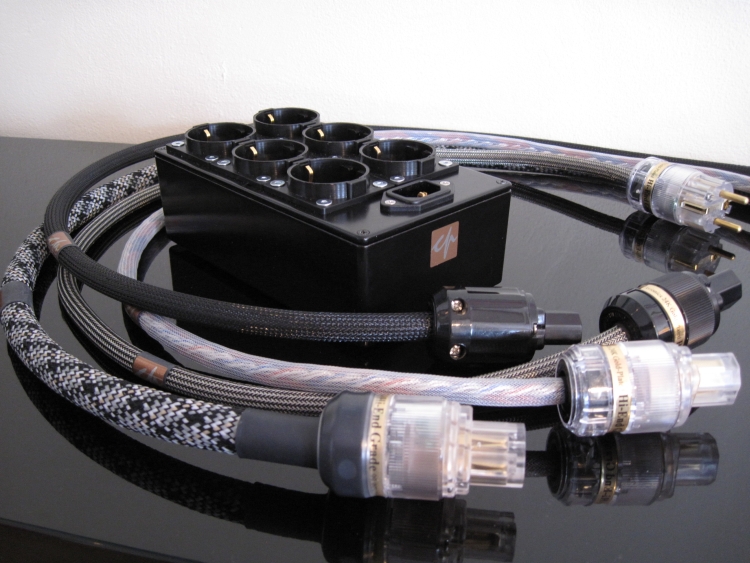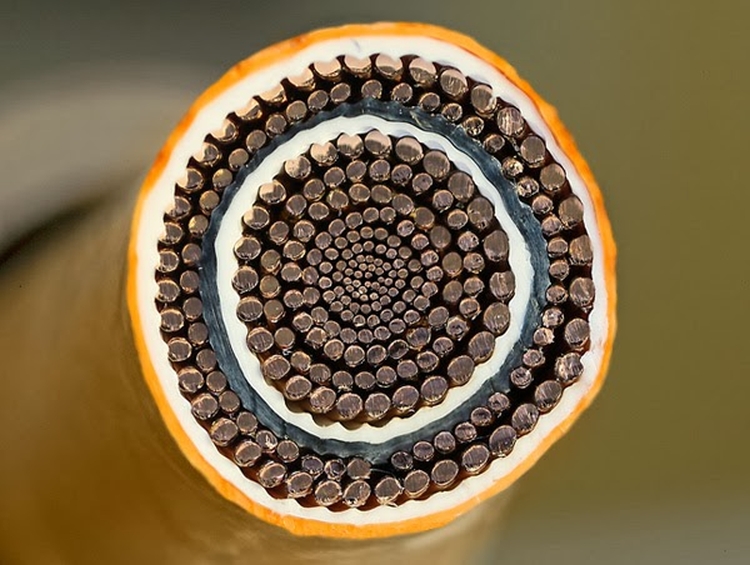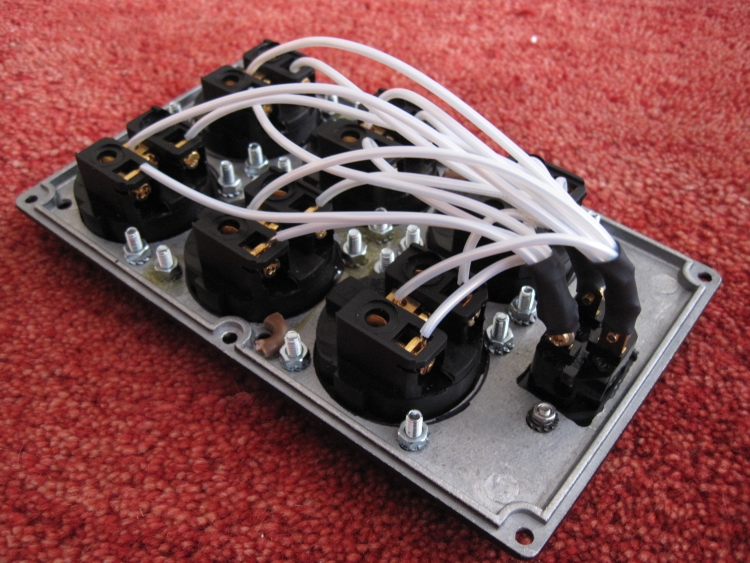
Among audiophiles, there is a common school of thought which says that signal paths only add distortion and noise and degrade performance and as such should be kept at minimum length. This is sane enough thinking and also true to a large extent, but it is also relative.
One might think that long cables inside audio components would add noise and edginess, or softness, depending on the cabling used. You’d also be forgiven to think that any power amp that doesn’t have its speaker terminals soldered straight to the circuit board, is a compromise. And it is very understandable to think that powercables, as well as cabling inside an extensionblock, should be as short as possible.
But these are all assumptions that I feel are only relatively true. I’ll explain by taking some components and situations from practice as an example.
McIntosh MA6900
For instance, I had a McIntosh MA6900 integrated amp. Very expensive but purists may not want to look inside, because it is full of very long wires. The output transistors are in the middle of the amp. From there a bunch of wires go to the output transformers which, incidentally, are placed at the front of the amp. From there another bunch of wires go to the output terminals. In addition, there are a whole row of bog-standard potentiometers in the signal path such as volume, balance and tone controls. Although, the latter are officially placed outside of the signal path when in neutral position. Finally, there isn’t a single audiophile components inside. The result of all this must surely be below par, right? Well, I wouldn’t blame you for thinking otherwise and I did too, expecting the amp to sound sluggish, soft and undynamic. The opposite turned out to be true. It sounds lively, dynamic, powerful and quite fast. It sounded actually very similar to my previous Bryston 7BST power amps, only more musical. It also has extremely low distortion and noise figures. Even lower than my highly esteemed Jeff Rowland amps. How’s that possible? I’d say clever design. In the end, it isn’t only about the ingredients; it’s what you do with them.
Speaker Cables
Second example: speaker cables. Longer ones pick up more RF pollution and lend less grip over the speaker to the amp. I cannot argue with that statement. But is this bad in practice? I haven’t heard negative effects of RF pickup in speaker cables but this is something that I haven’t tested properly and shouldn’t comment on. I have experimented with long versus very short LS cables though. The shorter ones do tend to sound more controlled. It seems as if either the amp has better control over the speaker or the cable adds less color or softness over its length when it is shorter. But this can be a mixed blessing. For if your system tends to sound overly analytical, this may get worse with short speaker cables. I wouldn’t say that a long cable “distorts” the signal, but it does tend to make the sound more fluid, less dry, more relaxed, and, to me in my system at least, more musical. There wasn’t an event during my extensive experience with many, many components and speakers, that I ever preferred a shorter cable over a longer one. But this has to do a lot with taste. And my taste is toward the rich and smooth, less towards analytical. There is absolutely validity in saying that shorter cables can result in a more precise sound, it just isn’t better, or nicer per se. Also, I have heard short cables that sound soft while there were long cables that sounded tighter and more controlled. This depends upon the brand and type of cable too. But in general, shorter equals more precise/dry.
Powercables and extensionblock
Finally, the third example: the powercables and extensionblock. I’m sure that you can measure a degradation when comparing very long powercables to a direct connection with huge copper plates. But is shorter also more musical? Purists would answer affirmatively: signals should be non-polluted. The whole truth and nothing but the truth. I can’t fault that as it is true. But don’t forget that you are listening to electronics; not real live people. If you make your signals as pure as you can by means of eliminating every inch of cable you can, you could also end up with a sound that is overly controlled and perhaps too dry and sterile. Then again, I am aware that there are many people who like this kind of presentation. So, suffice to say that I am not about to pick sides here, merely pointing out that this is a somewhat relative matter. Moving on: shorter powercables do sound tighter and drier than longer ones of the same brand. I’ve tested this thoroughly and every time the longer version would be slightly more fluid and relaxed compared to its short version. Extensionblocks are not much different. The sound of these depends greatly not only upon the quality of the sockets but also on the type of cabling used inside. Officially, the cabling should be as thick and as pure as possible. I’ve done many experiments with this and have also taken this to the extreme by eliminating the extensionblock altogether. This resulted in a super-controlled sound: bass was very impressive, but I felt that the sound was now pretty unforgiving and overly technical. The midrange was now hard and forward and treble lacked air and sparkle.
A funny thing was noted with a specific type of cable inside of a star-wired extensionblock: despite the star-wiring, all sockets still sounded different! The only difference inside was that the length of the cable was different for all outlets depending on the position of the socket, but the difference in length was only about 10 cm! What’s more surprising (in addition to this being audible in the first place) was that the socket with the longer cable had nicer treble in the sense that it sounded more airy and open, without sounding more brittle or edgy as you would expect. Quite to the contrary: the socket position with the shorter cable was more explicitly defined in the midrange but was also harder in the treble, and darker. Needless to say: I used the exact same cabling inside, in the same direction etcetera; there were just no variables except for the extra 10cm length.
Conclusion
Of course, I have been trying to make a point by overly generalizing matters. Naturally, all my arguments can be countered with other arguments and in principle, the aim should be to keep distortion down and the signal as pure as possible. But in the end all that I want to do is to provide some perspective. In audio, all is just not necessarily black and white.
So, are shorter signal paths better by definition? I would agree that they are indeed purer or at least add less signature, but whether you perceive this as better or worse is very much dependent on the rest of the setup as well as a matter of taste.
